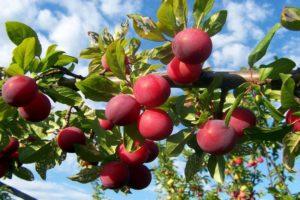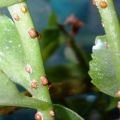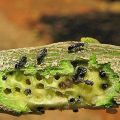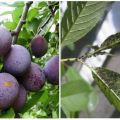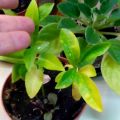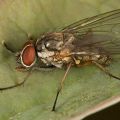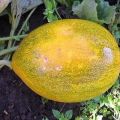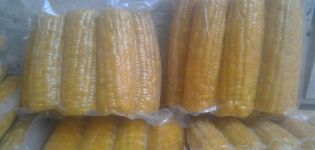Signs of the appearance of scale insects on the drain and methods of struggle with chemical and folk remedies
The scabbard appears on the plum unexpectedly, quickly attacking the tree. From this point on, fruit trees begin to lose energy and gradually stop growing. Fruits, flowers, buds begin to fall off. The leaves curl up and become covered with a sticky bloom. How to defeat a small insect that can destroy the entire crop? Pest control methods and plant protection measures against scale insects.
How to recognize an insect?
The scale is a small insect no more than 5 mm long, covered with a kind of shell. It is difficult to see it with the naked eye, the pest is small, motionless, merges with the bark of trees in color, is omnivorous and is a parasitic insect that feeds on plant juices.
Entomologists identify more than 2000 species of scale insects. For plum trees, the greatest danger is posed by:
- Californian;
- comma-shaped;
- plum.
Insects reproduce by laying eggs, from which larvae subsequently appear. One female lays over 100 eggs per life.
Sexual differences in these insects are pronounced. Males do not look like females and do no harm to orchards. Males resemble gnats, they have wings. They circle around plants in search of females, without sticking to the leaves and bark of trees.
Females spend their entire lives in trees, lay eggs and feed on plant juices, create colonies that look like growths on the bark. They have no wings, no legs, no mustache, and no eyes either.

There are bisexual scale insects, it is more difficult to deal with such varieties, they are resistant to many types of influences.
Reasons for the appearance
Weakened plants are most often infected. Factors that can lead to disease include:
- excess nitrogenous fertilizers;
- lack of lighting, shaded area;
- lack of moisture;
- lack of ventilation and dry air.
Plums should be inspected regularly for signs of disease and pests. The initial stage of the disease is treated quickly and efficiently; irreversible changes have not yet occurred on the tree. At this stage, the crop can be saved.
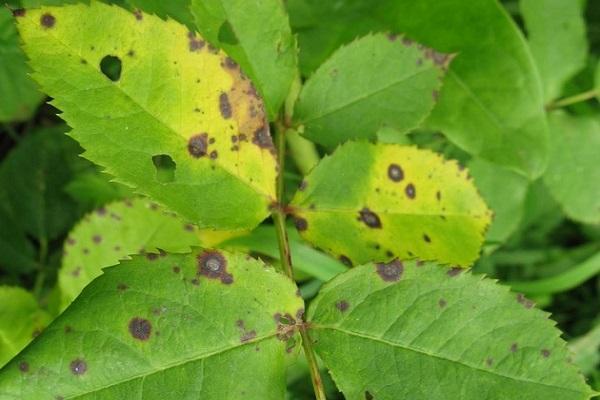
Plum damage
Scale insects are parasitic insects that live off the vitality of the trees on which they settled. With each passing day, plants begin to lose energy and eventually stop growing.
The harm caused to the plum by these insects is enormous:
- The branches at the plums begin to dry out, the leaves stick together.
- The sticky plaque created by scabies serves as a breeding ground for bacteria and fungi.
- Plums shed fruits and buds.
- The immunity of trees is reduced.
- The bark is covered with cracks.
If you let the situation take its course, the plum will die. Parasites spread to other plants rapidly, the entire orchard, including various fruit trees, can be infected. Pest control must be started immediately.
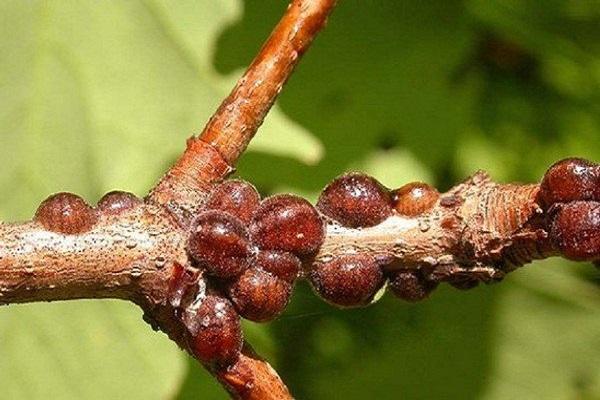
External signs of pest damage
Trees attacked by scale insects have a number of signs:
- The bark acquires a characteristic shine.
- The leaves curl, dry out and stick together.
- The plant stops growing.
- The plum begins to shed fruits and buds.
- On the leaves and stems, you can see small brown bumps that are difficult to clean from the surface.
The choice of pest control methods depends on the number of affected areas.
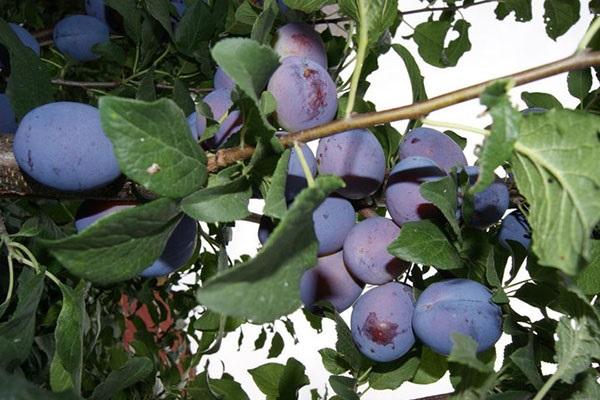
How to deal with a scabbard
The insect is resistant to low temperatures, able to withstand frosts down to -35 C. The protective shell protects the scale insects from external influences. The fight against this pest cannot be called easy. If the scale of the infection is large, insecticides cannot be dispensed with. Methods of dealing with a scale insect that has settled on a plum depends on the degree of damage to the plants.
Chemicals
Insecticides are capable of completely destroying scale insects. But they are used in advanced cases. Do not use chemicals during fruiting. Toxic chemicals will get into ripe fruits, which will become unsuitable for food.
Important! A single treatment with insecticides is not enough. With a break of one week, 3-4 sprays are carried out.
"Aktara", "Confidor Extra", "Aktellik" are proven chemical agents against insect pests. Scabbards are capable of developing immunity to drugs, so it is recommended to periodically change them.
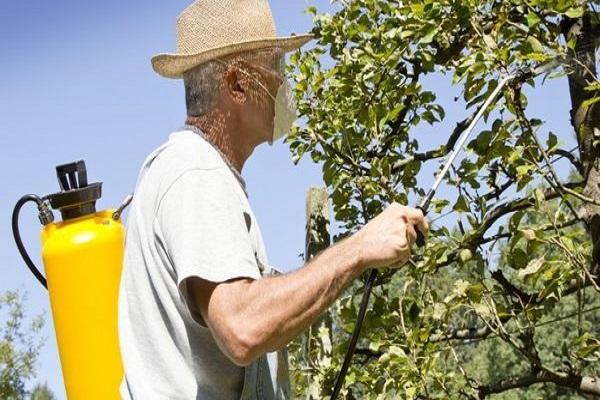
Biological preparations
If an insect was seen on plums during the fruiting period, pesticides cannot be used, biological methods of pest control are used:
- All infected branches and shoots are removed and burned.
- The root circle is completely cleaned of grass, overgrowth and fallen leaves, 3 cm of soil is removed and the tree is sprinkled with wood ash.
- The formed growths are cleaned from the trunk together with moss and pieces of bark.
You can find biological products on store shelves, they are safe for fruits and show good results in the fight against the pest:
- "Avertin";
- "Nemabakt";
- Fitoverm;
- "Aversectin".
The garden is being quarantined. Until the insect is defeated, it is not recommended to plant new fruit trees.
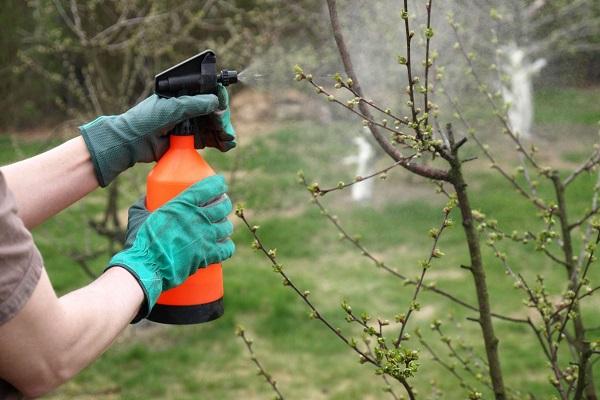
Folk recipes
Folk methods of dealing with the scale insect are effective only at the initial stage of infection, but they can be used during the fruiting period of the plum:
- Dissolve half a bar of laundry soap in 10 liters of water and wipe the bark and leaves with the solution.
- Dilute soda ash in a ratio of 10 g of powder to 10 liters of water, spray the plants with a solution through a spray bottle.
- Onion husks, tobacco and wormwood - infuse fragrant herbs for 24 hours in a bucket of water. The resulting product must be filtered and sprayed with the trees affected by the shield.
Experienced gardeners launch insects on infected trees that feed on scale insects: ladybugs and horse beetles. This method is perfect for the prevention and protection of plants from small pests.
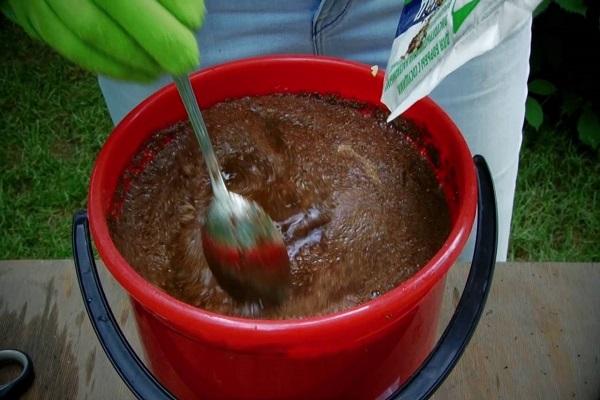
Prevention measures
Any disease is easier to prevent than to cure. This rule applies not only to humans, but also to plants. Prevention methods include:
- Spraying trees in early spring and during flowering with insecticides.
- Removal from the garden of highly infected, non-treatable specimens.
- The introduction of quarantine for the period of the disease.
- Thorough inspection of new seedlings.
- Check in on the ladybugs plum.
A complex of preventive measures minimizes the risk of plant infection.
Scabbards are insidious and voracious insects. You should get rid of them immediately. If the degree of infection is high, and for a long time the scabbard does not go away, the diseased tree is removed from the garden, part of the surface soil is removed and taken away from the territory of the personal plot.

